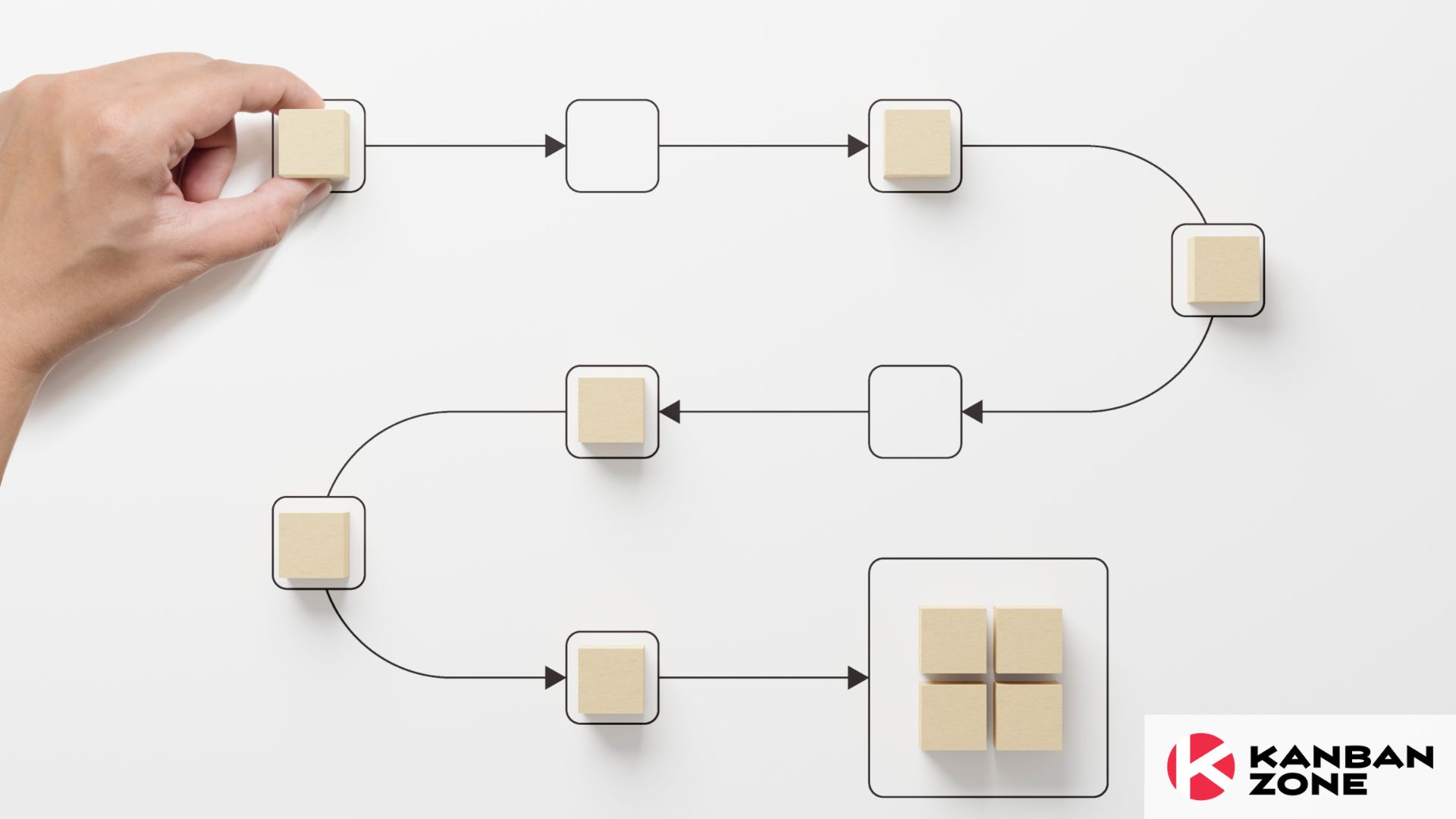Agile transformation is more than just a process; it’s a transformational journey that reshapes how organizations operate. In today’s fast-paced world culture, businesses that can quickly adapt and overcome their issues are most prone to success. The pandemics have...

What is Spiral Dynamics?
Spiral dynamics is a cultural and psychological development developed and researched by Dr. Clare W. Graves. This theory seeks to explain the core beliefs, values, and societal systems among people. This theory proposes that human societies progress through a series of value systems or "memes," each characterized by distinct beliefs, behaviors, and cultural norms. These value systems are arranged in a spiral-like pattern, with each level representing a higher and more complex stage of development. The study was later extended by Don Beck and Christopher Cowan. This model identifies several stages or levels of development. They are characterized by colors and associated with a unique set of values and priorities. Beige: Survival Instinct - The focus is on basic survival needs such as food, shelter, and safety. Purple: Tribalistic - Emphasis on family and community bonds, superstitions, and shared rituals. Red: Egocentric - Characterized by power, dominance, and impulsiveness. Individuals seek immediate gratification of their desires. Blue: Authoritarian - Adherence to rules, order, and strong moral values. Hierarchical structures and obedience to authority are central. Orange: Achievement-Driven - Emphasis on rationality, innovation, and individualism. Success and material gain are prioritized. Green: Communitarian - Focus on equality, social justice, and environmental concerns. Collaboration, empathy, and pluralism are valued. Yellow: Integrative - A holistic and systemic worldview. Flexibility, adaptability, and a recognition of multiple perspectives are key. Turquoise: Holistic Global - Global consciousness, spirituality, and interconnectedness. Emphasis on planetary well-being and unity.Defining the Agile Transformation
Agile transformation is often looked upon as a holistic change or transformation. It sees a change in the organization and how it operates. When a company or a larger organization undergoes an Agile transformation, it’s supposed to change the mindset, work processes, and core organizational values. Agile transformation is not only the way a company adopts Agile development practices, it involves a complete culture shift and requires a fundamental change in how teams collaborate, communicate, and deliver value to customers. Agile transformation involves embracing agile principles and practices at every level of an organization. It begins with forming agile teams, empowering them to self-organize, and emphasizing customer-centricity. This journey often faces challenges related to company culture, resistance to change, and the need for new skill sets. Agile transformation is usually more effective when embraced and reinforced by another framework. This article explores how a psychological framework such as Spiral dynamics can help bolster the Agile transformation of your organization. [/fusion_text][fusion_global id="25968"] [fusion_text hide_on_mobile="small-visibility,medium-visibility,large-visibility" sticky_display="normal,sticky" animation_direction="left" animation_speed="0.3" animation_delay="0"]How to Use Spiral Dynamic to Be More Agile
As a psychological framework that has grown in popularity over the last few years, Spiral dynamics can be a powerful asset to software development teams practicing Agile and Lean frameworks like Scrum, Kanban, and others. Here’s how Spiral Dynamics can help you.Matching Values to Methodology
Different organizations and teams may operate at various stages of the Spiral Dynamics model. However, because of the versatility and flexibility of the Agile methodology, it’s easier to adapt to the specific values and needs of the group. For example, an organization operating at the Orange level (achievement-driven) of the Spiral may prioritize efficiency and productivity, making Agile a suitable fit for its values.Cultural Alignment
Implementing Spiral Dynamics in your organization will allow you to understand the cultural dynamics between the teams that operate in it. It helps identify and highlight potential conflicts or other issues, as well as alignment between the prevailing values within the organization. Sometimes, it may also identify if there’s a conflict between the values promoted by the Agile methodology and help mitigate it.Change Key Management Principles
Agile transformation implies a myriad of changes in the management, including a shift in mindset and culture. You need to recognize where your management sits at the Spiral spectrum can help implement a change in the management strategies easier.Balancing Individual and Team Needs
Agile acknowledges the importance of both individual and team contributions. Additionally, Spiral Dynamics can help Agile teams create a balance between individual aspirations and collective goals and promote organizational values.Agile Transformation as a Developmental Journey
Spiral Dynamics helps illustrate the evolution of individual values. In the same way, Agile transformation can be seen as an organizational development journey. Here’s how we can align this transformational journey and the colors in the Spiral Dynamics framework. Beige (Survivalist): Traditional Hierarchies – At this level, organizations function as command-and-control hierarchies, emphasizing top-down decision-making. The beginning of an Agile transformation usually starts here. Purple (Tribal): Forming Agile Teams – As organizations progress, they form agile teams, creating small, cross-functional groups to deliver value iteratively. This color is associated with cultivating a mindset of collaboration, communication, and shared values. Red (Egocentric): Empowering Agile Teams – The next stage involves empowering agile teams, granting them autonomy and decision-making authority. The red color values power, competition, and individualism, which can be problematic with Agile teams because the authoritarian and impulsive aspects of Red may clash with Agile’s emphasis on collaboration and shared decision-making. Blue (Authoritarian): Embracing Agile Practices – Agile transformation moves towards embracing agile practices and methodologies. Teams follow well-defined processes and roles, aligning with the blue stage’s structured thinking (like Scrum’s principles and roles). Orange (Achievist): Agile Maturity – Here, organizations focus on results, innovation, and continuous improvement. Agile teams at this point, emphasize delivering value rapidly and adapting to change, which is an integral aspect of agile maturity. Green (Pluralistic): Agile Mindset and Values – The Agile transformation journey culminates in the green stage, where organizations adopt agile values such as collaboration, transparency, and customer-centricity. This parallels the green stage’s emphasis on empathy, inclusivity, and a holistic view of the world.Conclusion
Both Spiral Dynamics and Agile are important for the quality delivery of products and services. In your agile transformational journey, consider the valuable insights that Spiral Dynamics can provide. By understanding the developmental stages outlined in this model, organizations can better align their agile transformation efforts with the evolving values and mindsets of their teams. This synergy between Spiral Dynamics and Agile principles can lead to a more successful and sustainable agile transformation. Ultimately, this will help shape a culture that thrives on agility collaboration, and customer-centricity. Kanban Zone can help you shape your work processes and company culture while improving workflow and productivity. [/fusion_text][/fusion_builder_column][/fusion_builder_row][/fusion_builder_container][fusion_global id="3060"]The post How Spiral Dynamics Can Help Bolster Your Agile Transformation appeared first on Kanban Zone - The Lean Software to do More with Less.














